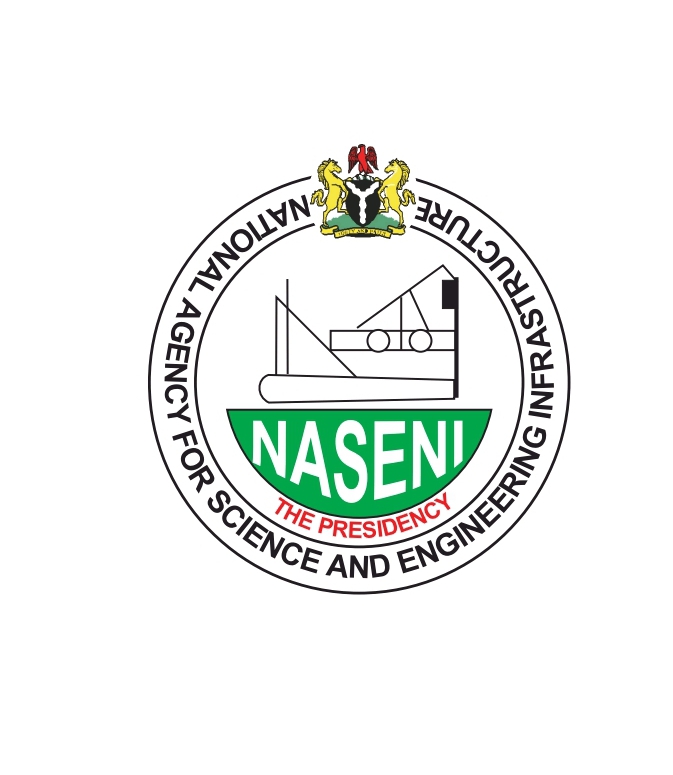
In a significant push to revive Nigeria’s dwindling industrial and agricultural infrastructure, the National Agency for Science and Engineering Infrastructure (NASENI) has launched its National Asset Restoration Programme. This initiative aims to restore, upgrade, and reactivate critical public assets that have been underused or left to deteriorate across the country. Vice President Kashim Shettima led the official launch in Abuja, signaling a renewed commitment to national self-reliance and productivity.
The NASENI National Asset Restoration Programme focuses on breathing life back into idle and abandoned assets in Nigeria. These include public-owned equipment, machines, and facilities in the agricultural and industrial sectors. Many of these assets were once functional but have fallen into disrepair due to neglect, policy gaps, or inadequate maintenance. NASENI believes these assets can be restored, repurposed, and made operational again to serve national development goals.
At the launch, Vice President Shettima applauded NASENI for its forward-thinking and timely intervention. He described the agency’s initiative as part of President Bola Ahmed Tinubu’s Renewed Hope Agenda. According to him, the programme is a strategic path to unlocking local productivity. He urged government ministries, departments, and agencies (MDAs) to support the programme and allow access to underutilized assets.
Shettima emphasized that revitalizing the country’s industrial base must begin with local resources. He noted that Nigeria cannot depend forever on foreign imports when it already has the tools and talent to engineer change. He expressed confidence in NASENI’s ability to deliver results through technical innovation, collaboration, and purposeful planning.
Dr. Bashir Gwandu, the Executive Vice Chairman and CEO of NASENI, echoed these sentiments during his address. He explained that the restoration programme is not just about fixing old machines but about stimulating job creation, driving rural development, and promoting technology transfer. Many idle public assets hold massive potential if given a second chance, he said. Gwandu noted that NASENI has already deployed assessment teams to various sites and is partnering with local engineers and technicians.
He also highlighted NASENI’s plan to leverage its local fabrication capacity to replace obsolete parts and retool damaged components. This approach will reduce dependency on foreign spare parts and keep restoration costs affordable. The programme will provide skills training for young Nigerians, especially in rural communities. It will also help bridge the gap between engineering education and industrial practice.
Several federal agencies and stakeholders at the event expressed support for the initiative. They pledged cooperation in identifying assets and providing access for restoration. Many agreed that NASENI’s leadership has helped shift the national conversation from complaints to action.
The NASENI National Asset Restoration Programme is already being hailed as a practical solution to Nigeria’s longstanding industrial gaps. By focusing on available resources and turning liabilities into assets, the agency is charting a new path for sustainable development. With continuous support from government and the private sector, the programme is expected to create jobs, strengthen productivity, and restore confidence in locally driven solutions.
NASENI’s approach underlines the belief that Nigeria’s development must begin with what it already has. It is not just about building new infrastructure but about using and improving what exists. This mindset, if sustained, could mark a new dawn for industrial and agricultural revival in the country.



